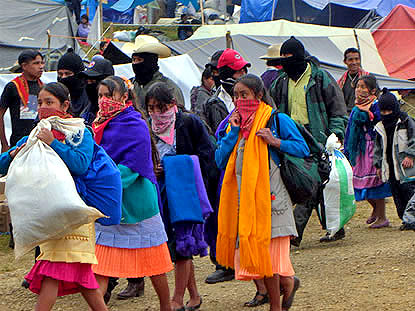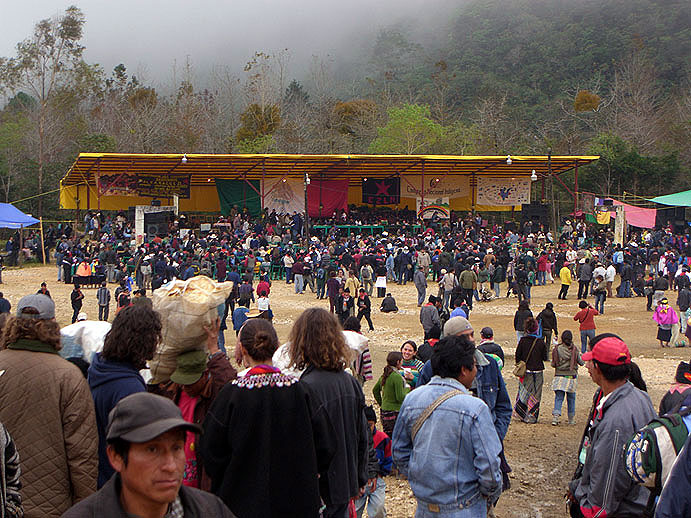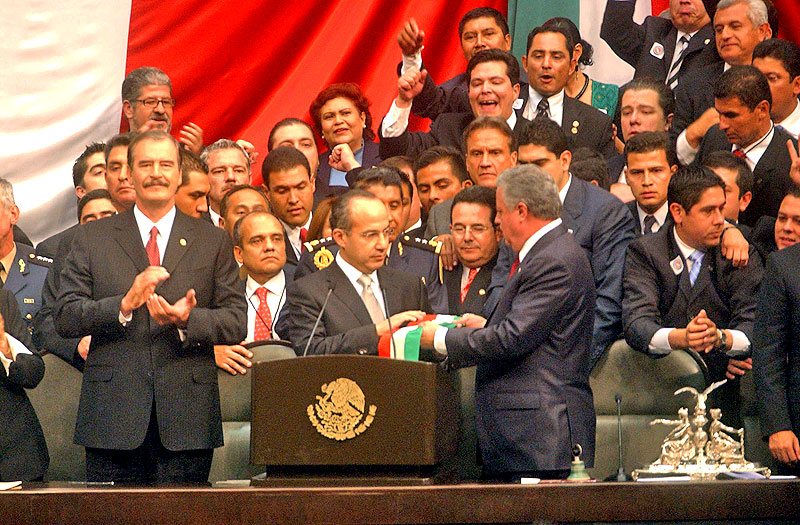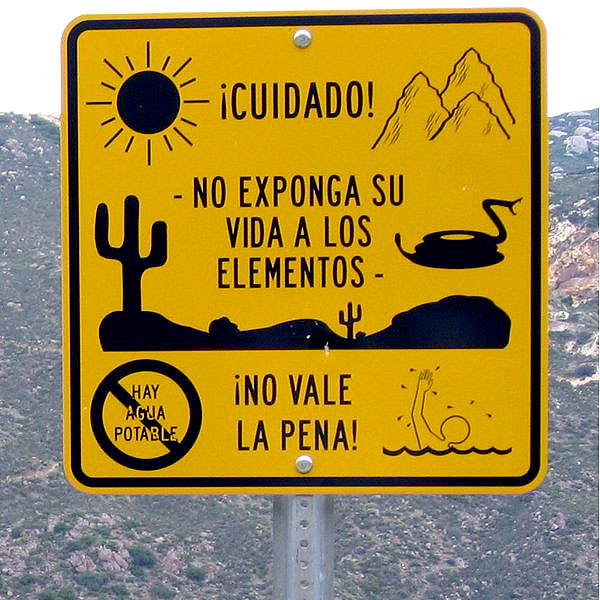
2006
02/01/2007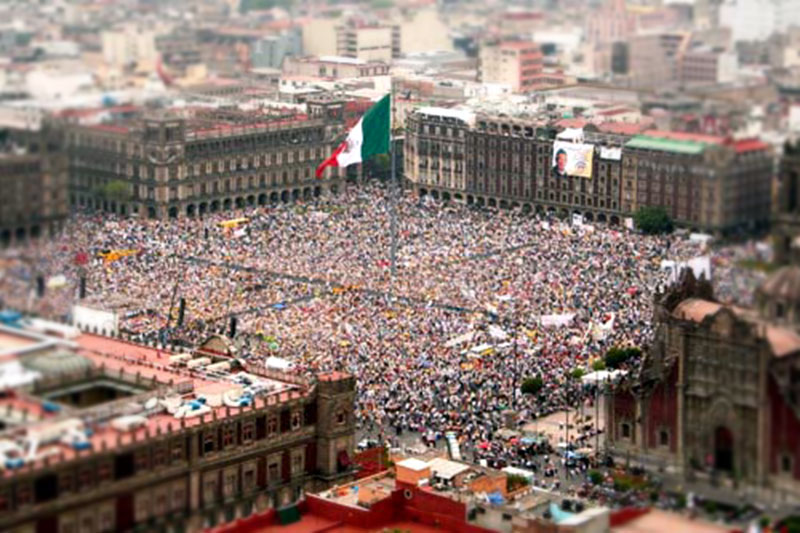
ANALYSIS: Mexico – A year after the 2006 elections
31/08/2007“We also dream about a good world, where we coexist as brothers. We don’t want more death, nor violations. We want life in order to live. That our sons and daughters may have a better example of all the steps that we have been drawing”
(Women’s Table, Caracol 1, La Realidad).
From December 30, 2006 until January 2, 2007, the Encounter between the Zapatistas and the Peoples of the World was held in Oventik, Chiapas. More than 2000 persons from 47 countries of the world took part in it. More than 3000 Zapatistas from support bases, hundreds of promoters, more than 200 members of 40 Autonomous Town councils, representatives of the 5 Good Government Committees, all civil ones as well as several members of the General Command of the Clandestine Revolutionary Indigenous Committee also participated. In this Encounter, more than the traditional spokesmen of the EZLN, one could listen to the voices of men and women, bases of support, most of them young people that served as authorities in the zapatista autonomic structures.
It is well to remember that the Zapatista communities began to govern themselves officially some months after the armed uprising of the EZLN, when the installation of 30 Zapatista Autonomous Rebellious municipalities was announced. They decided to organize themselves according to their own forms of government and ignoring the constitutional authorities. From August 2003, 5 ‘Caracoles‘ (zapatista regional autonomic structure) and their respective Good Government Committees (Junta de buen gobierno) (JBG) were formed, among other reasons, for the non-fulfillment of the federal government of the San Andrés Accords on indigenous rights and culture, signed with the EZLN in 1996. Although a constitutional reform was approved on indigenous matter in 2001, the EZLN and other organizations consider that it betrays the spirit of the agreements. Consequently, the Zapatista movement decided to build autonomy “through facts,” organizing themselves through the above-mentioned structures.
23 years after the formation of the EZLN, 13 years after the armed uprising and 3 and a half years after the installation of the Caracoles, representatives named in every region explained how they understand and how they construct the autonomy regarding aspects such as government, education, health, women rights, trade, communication, art, culture and land.
Representatives of the Caracol I, La Realidad, explained what autonomy is for the zapatistas: ” … for us, it implies that the people decide their way of fighting or of organizing themselves politically, economically and socially; it is the people who decide their way of living based on their language and on their culture… Our way of governing is different from the one of the ‘bad government’; they are a few people that decide for all, and the few that decide don’t do it for the benefit of all, but for their own benefit”. The representatives of the Caracol V (Roberto Barrios) also said: “In this way the other government was initiated, a government that commands by obeying, a government of the people and for the people. “
The persons and groups from the rest of Mexico and from the world shared in turn their experiences of struggle and organization. In order to continue constructing bridges, an Intergalactic Encounter against Neo-liberalism and for Humanity is already programmed from July 21 until July 31, 2007 in the five zapatista Caracoles. In the discussion on Autonomy, a representative of the Caracol II (Oventik) expressed. “The rebellious indigenous zapatista people, we are willing to continue forward with our struggle, our resistance and our rebellion against the neo-liberal globalization of the world, but what cheers us up more and encourages us is this encounter with you, because the unity and the globalization of the rebellion with the peoples of the world is the only hope that we have. This is the way that we want to advance and to walk together, the hope of a better world is in each one of us, in every organization, in every people and in every nation.”

